Ask AI on The Internet
Question: (B) Independent Station: The Hero’s Journey What are the attributes of the different types of heroes? How are they similar? How are they different? What are the stages of the Hero’s Journey? Why is each stage important? Create a Hero’s Journey graphic organizer for your favorite movie or book. (C) Historical Background Station: Anglo-Saxon Who Were the Anglo Saxons? What are some of the values that were important to the Anglo Saxon culture? What is the Mead Hall? Why is the Mead Hall important in the Anglo-Saxon culture? (D) Connection Station: Modern Day Hero Connection List 3 characters from TV, Movies, or Books that defend others. Why do these people take this action(selfish or selfless)? Think of your own life. Have you ever taken action to defend the helpless? Why did you choose to take action?
Sure, let’s tackle these one by one. **(B) Independent Station: The Hero’s Journey** **Attributes of Different Types of Heroes:** - **Classical Hero:** Has noble attributes, virtues, and a high stature. Often has a tragic flaw. Examples: Achilles, King Arthur. - **Everyday Hero:** Regular personas who rise to the occasion. They are relatable and grounded. Example: Harry Potter. - **Anti-Hero:** Lacks traditional heroic attributes, often morally ambiguous. Example: Deadpool. - **Reluctant Hero:** Initially resistant to the call of adventure, but eventually accepts it. Example: Frodo Baggins. **Similarities:** - All heroes embark on a journey. - Exhibit bravery and inner growth. - Often have a mentor or guiding figure. - Address and overcome personal or societal challenges. **Differences:** - Motivations differ (fame, justice, survival, duty). - The degree of moral ambiguity varies (classical vs. anti-hero). - Initial willingness to accept the call varies (reluctant vs. every day). **Stages of the Hero’s Journey and Their Importance:** 1. **Ordinary World:** Establishes the hero’s normal life, grounding the audience. 2. **Call to Adventure:** Disrupts the hero’s normal world, presenting a challenge or quest. 3. **Refusal of the Call:** Shows the hero’s fears and weaknesses. 4. **Meeting the Mentor:** Provides guidance or a push to overcome fear. 5. **Crossing the Threshold:** The hero commits to the journey, leaving the ordinary world. 6. **Tests, Allies, and Enemies:** Builds skills, knowledge, and support; growth through trials. 7. **Approach to the Inmost Cave:** The hero prepares for the main challenge. 8. **Ordeal:** The hero faces a major crisis, often appearing defeated. 9. **Reward (Seizing the Sword):** The hero achieves the goal or receives insight. 10. **The Road Back:** The hero begins the journey home, facing challenges from the ordeal’s aftermath. 11. **Resurrection:** The final test where the hero emerges transformed. 12. **Return with the Elixir:** The hero returns home with a reward or newfound wisdom, benefitting their original world. **Creating a Hero’s Journey Graphic Organizer:** - Choose your favorite movie or book, e.g., "The Lord of the Rings." - Map out each stage against the plot of the story, noting key events and character progressions. **Example: "Harry Potter and the Philosopher's Stone"** 1. Ordinary World: Harry's life at the Dursleys. 2. Call to Adventure: Receiving the Hogwarts letter. 3. Refusal of the Call: Initial disbelief and rejection by the Dursleys. 4. Meeting the Mentor: Hagrid. 5. Crossing the Threshold: Entering Diagon Alley. 6. Tests, Allies, and Enemies: School life, making friends, and facing adversaries. 7. Approach to the Inmost Cave: Discovering the existence of the Philosopher’s Stone. 8. Ordeal: Confronting Voldemort. 9. Reward: Finding the stone. 10. The Road Back: Returning to the school through the trapdoor. 11. Resurrection: Overcoming Voldemort’s influence. 12. Return with the Elixir: Securing the Stone in safety, personal growth, and return to the ordinary world. **(C) Historical Background Station: Anglo-Saxon** **Who Were the Anglo-Saxons?** - Germanic tribes (Angles, Saxons, Jutes) who migrated to and settled in England during the early medieval period (5th century to 11th century). **Values Important to Anglo-Saxon Culture:** - **Bravery:** Valued in warriors and reflected in stories like Beowulf. - **Loyalty:** To their lord and kin. - **Generosity:** The exchange of gifts and treasure. - **Honor & Reputation:** Maintaining one’s name and deeds in memory. **The Mead Hall:** - A central hall in a lord’s household where warriors gather. **Importance of the Mead Hall:** - Social hub for the community. - Place for storytelling, bonding, and feasts. - Symbol of the lord’s generosity and the unity of his followers. **(D) Connection Station: Modern Day Hero Connection** **Three Characters Who Defend Others:** 1. **Captain America (Marvel Cinematic Universe):** Defends America and the world against unjust forces. 2. **Katniss Everdeen (The Hunger Games):** Fights against an oppressive regime for the people. 3. **Jon Snow (Game of Thrones):** Defends the realm and the innocent against threats like the White Walkers. **Reasons for Their Actions:** - **Captain America:** Selfless, driven by duty and a strong moral compass. - **Katniss Everdeen:** Initially self-preservation, then evolves into selfless rebellion. - **Jon Snow:** Initially due to duty and honor, later becomes selfless as he learns about greater threats. **Personal Reflection:** - If you’ve acted to defend the helpless: - Reflect on a specific instance. - Describe the context (who, what, where, when, why). - Explain your motivation (e.g., empathy, sense of justice, personal connection). - Discuss the outcome and how it impacted those involved. Let me know if you need further details or assistance on any of the points!
Think your answer is better than the AI's? Post it below.
Other Most Relevant Posts:
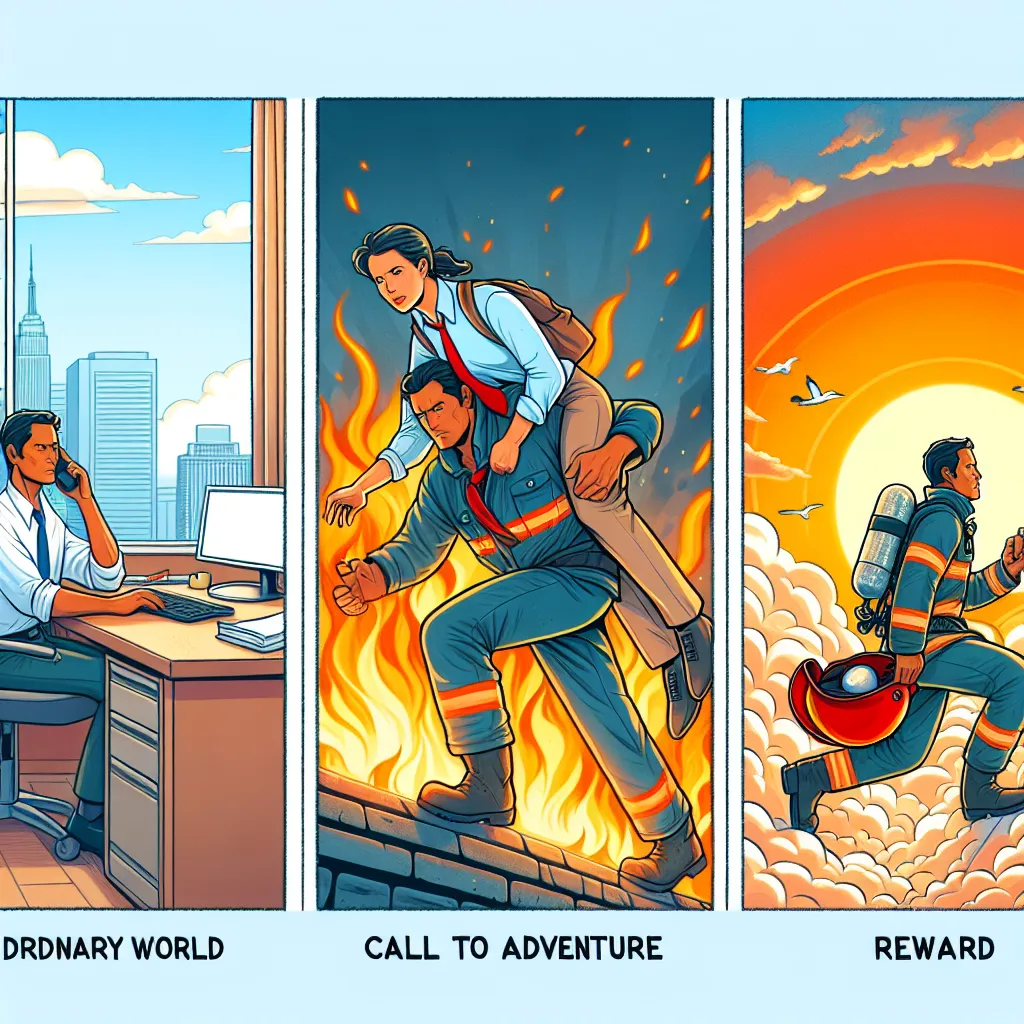 (B) Independent Station: The Hero’s Journey:
- Exploring Hero Attributes: Similarities and Differences
- Key Stages of the Hero's Journey and Their Significance
- Analyzing My Favorite Story: He
(B) Independent Station: The Hero’s Journey:
- Exploring Hero Attributes: Similarities and Differences
- Key Stages of the Hero's Journey and Their Significance
- Analyzing My Favorite Story: He
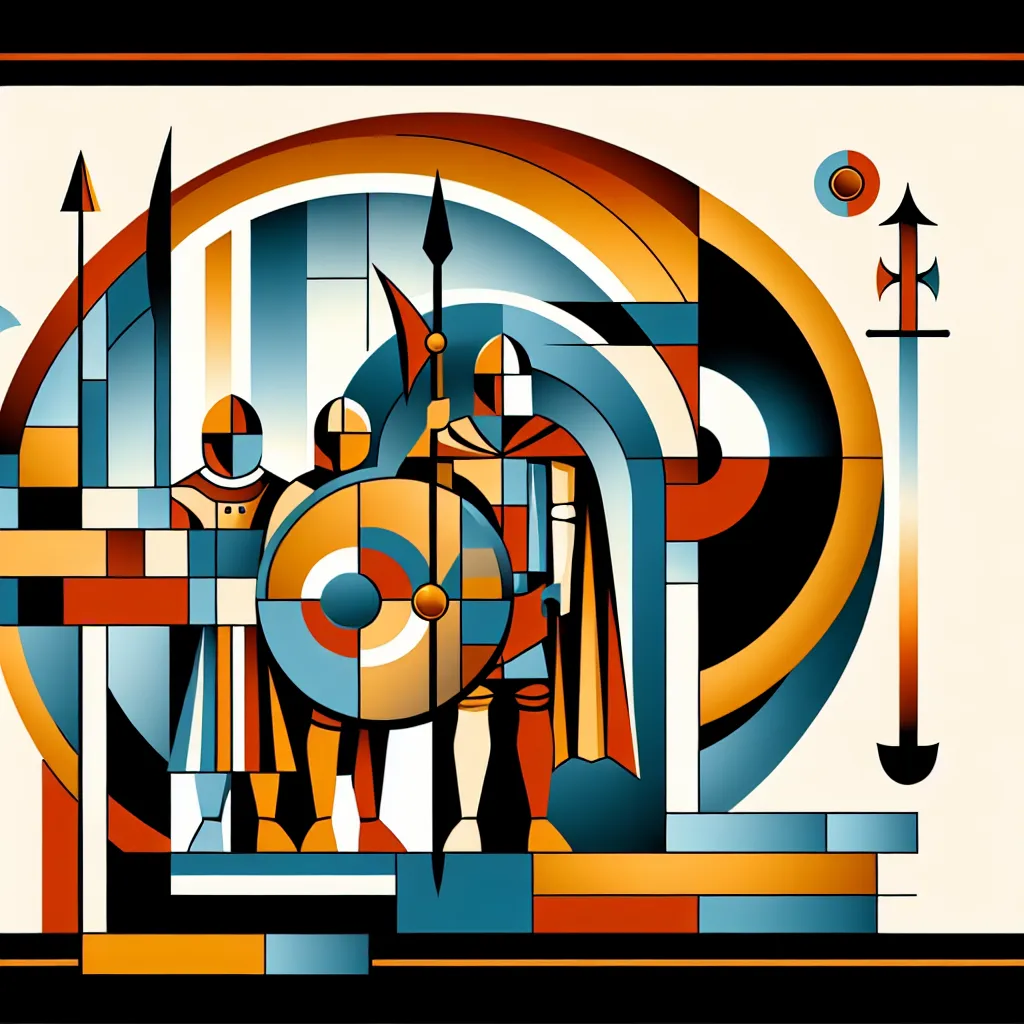 1. Exploring Hero Archetypes and Stages
2. The Hero's Journey: Archetypes and Stages
3. Harry Potter and the Hero's Journey
4. The Anglo-Saxons: Culture and Influence
5. The Mead Hall: Symbol of
1. Exploring Hero Archetypes and Stages
2. The Hero's Journey: Archetypes and Stages
3. Harry Potter and the Hero's Journey
4. The Anglo-Saxons: Culture and Influence
5. The Mead Hall: Symbol of
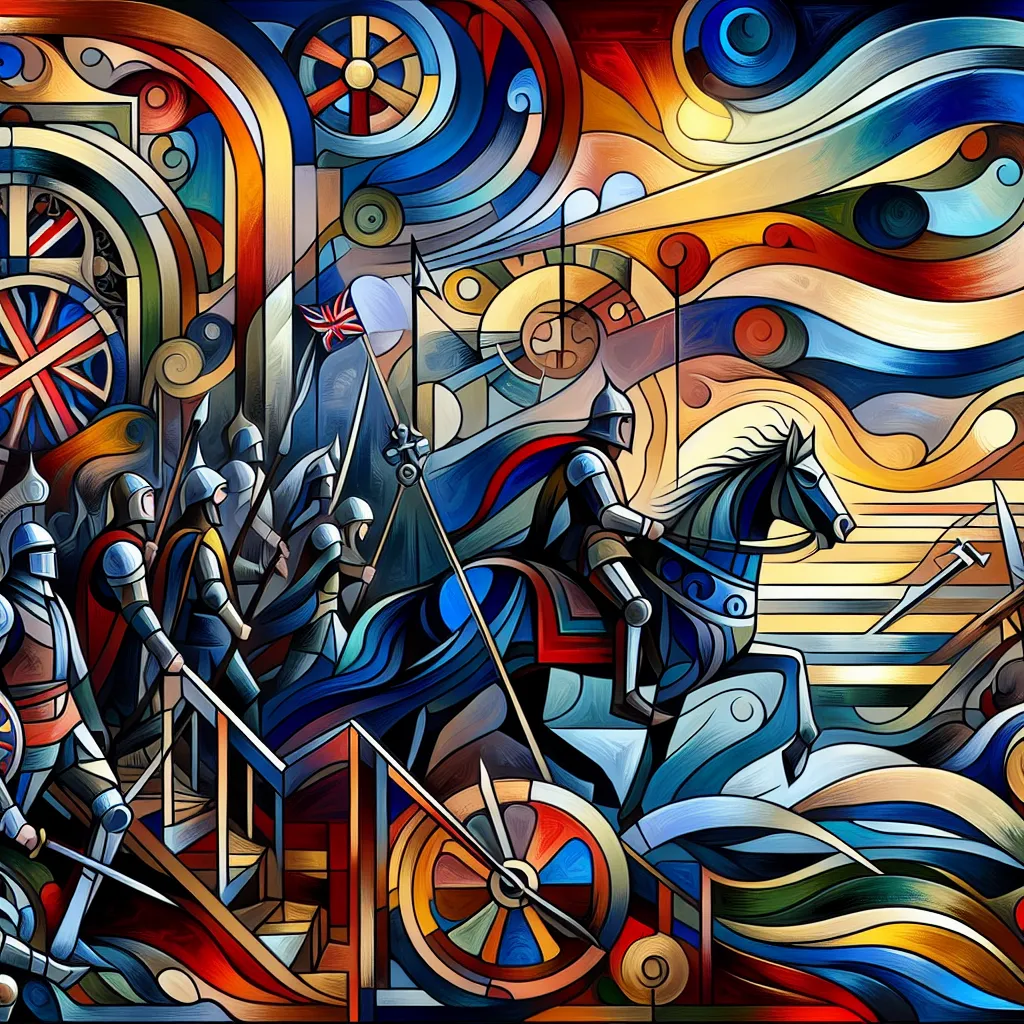 1. Hero Types: Reluctant, Tragic, Anti, Mentor
2. Stages of Hero's Journey: Ordinary World, Call to Adventure, Refusal, Meeting the Mentor, Crossing Threshold, Tests & Allies, Approaching Inmost
1. Hero Types: Reluctant, Tragic, Anti, Mentor
2. Stages of Hero's Journey: Ordinary World, Call to Adventure, Refusal, Meeting the Mentor, Crossing Threshold, Tests & Allies, Approaching Inmost
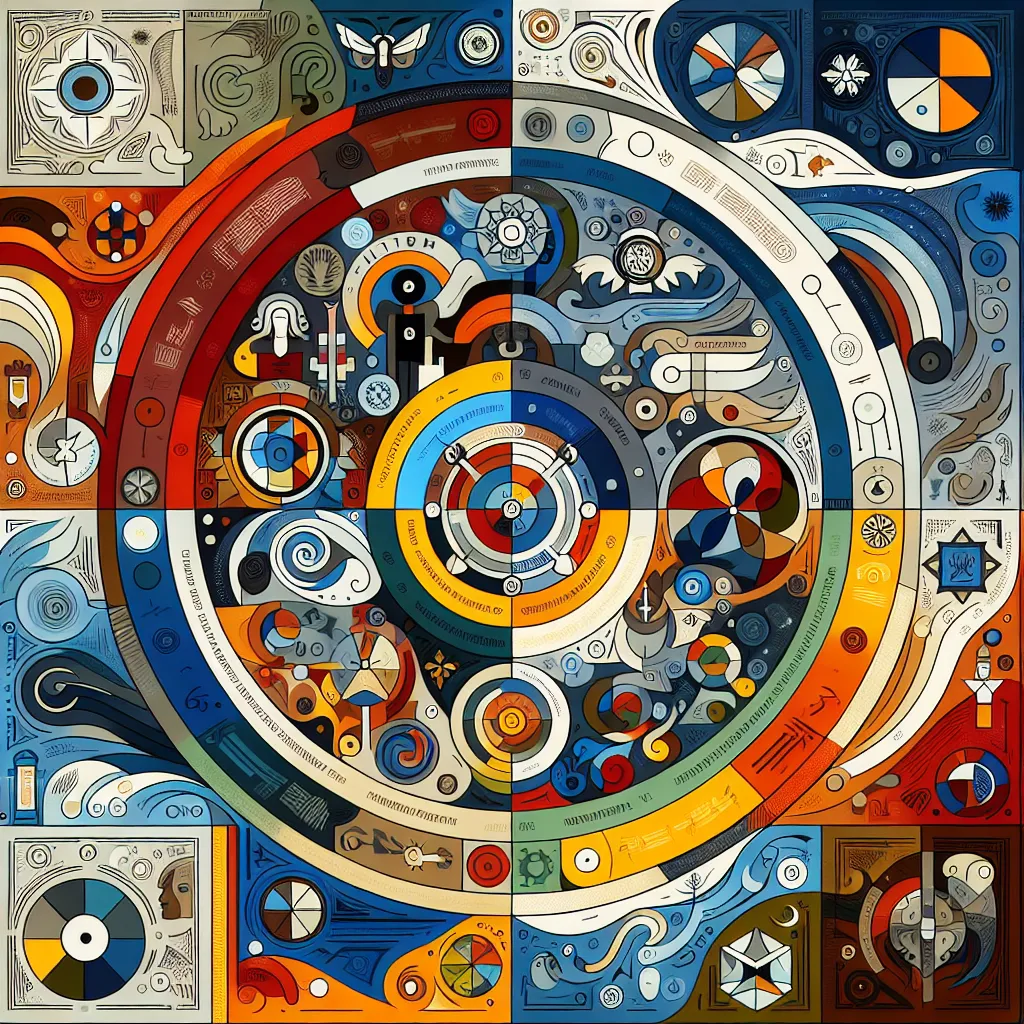 (B) Hero's Journey: Unveiling Paths & Attributes
(C) Anglo-Saxon Insights: Culture, Values & Community
(D) Modern Heroes: Guardians of Today
(B) Hero's Journey: Unveiling Paths & Attributes
(C) Anglo-Saxon Insights: Culture, Values & Community
(D) Modern Heroes: Guardians of Today
Question Tags
If you want your question answered by an AI, click here.
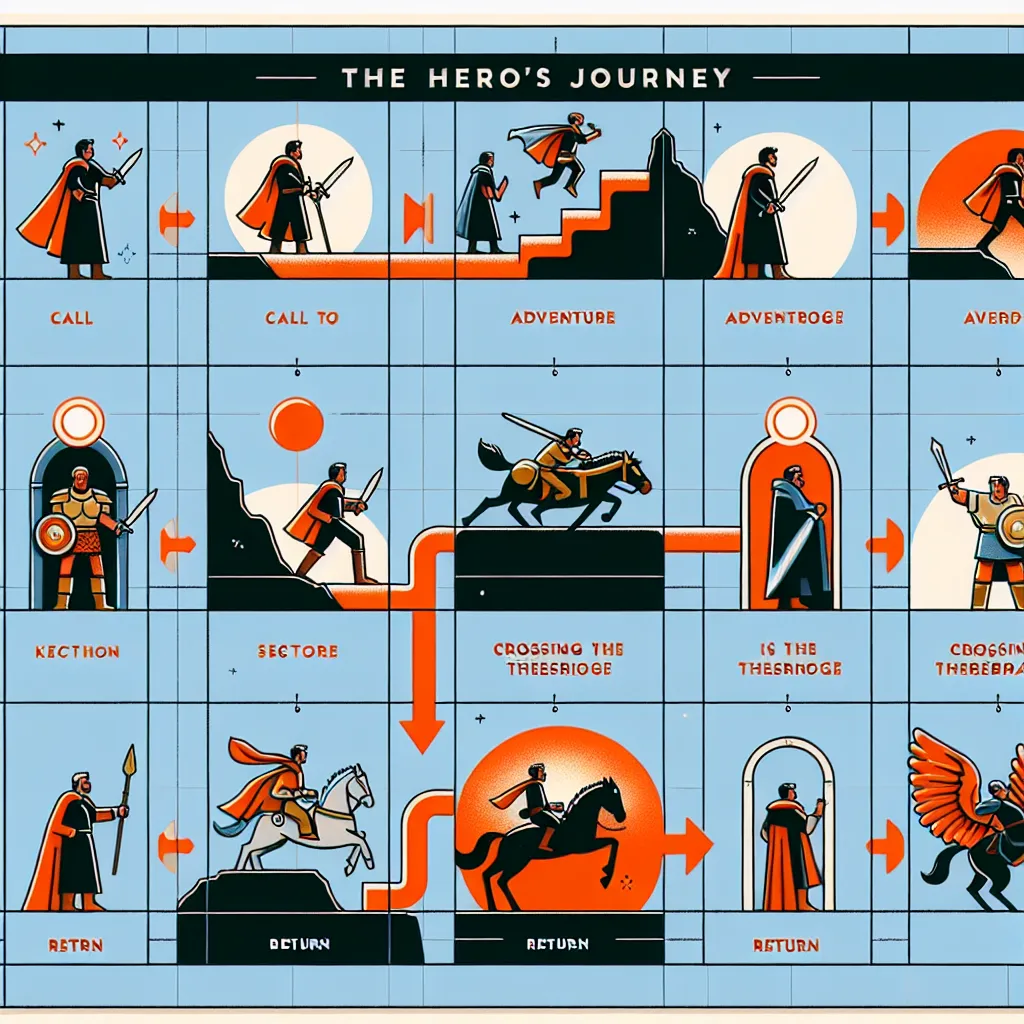
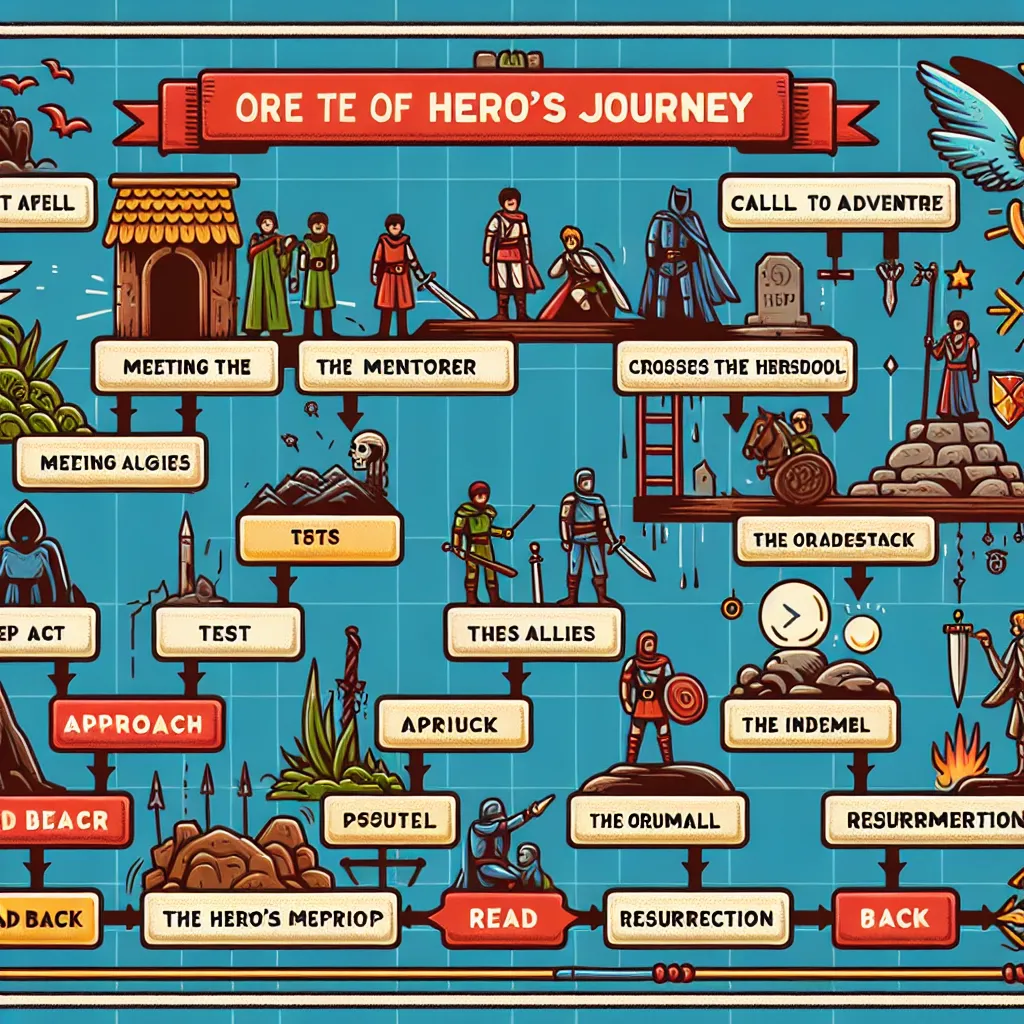
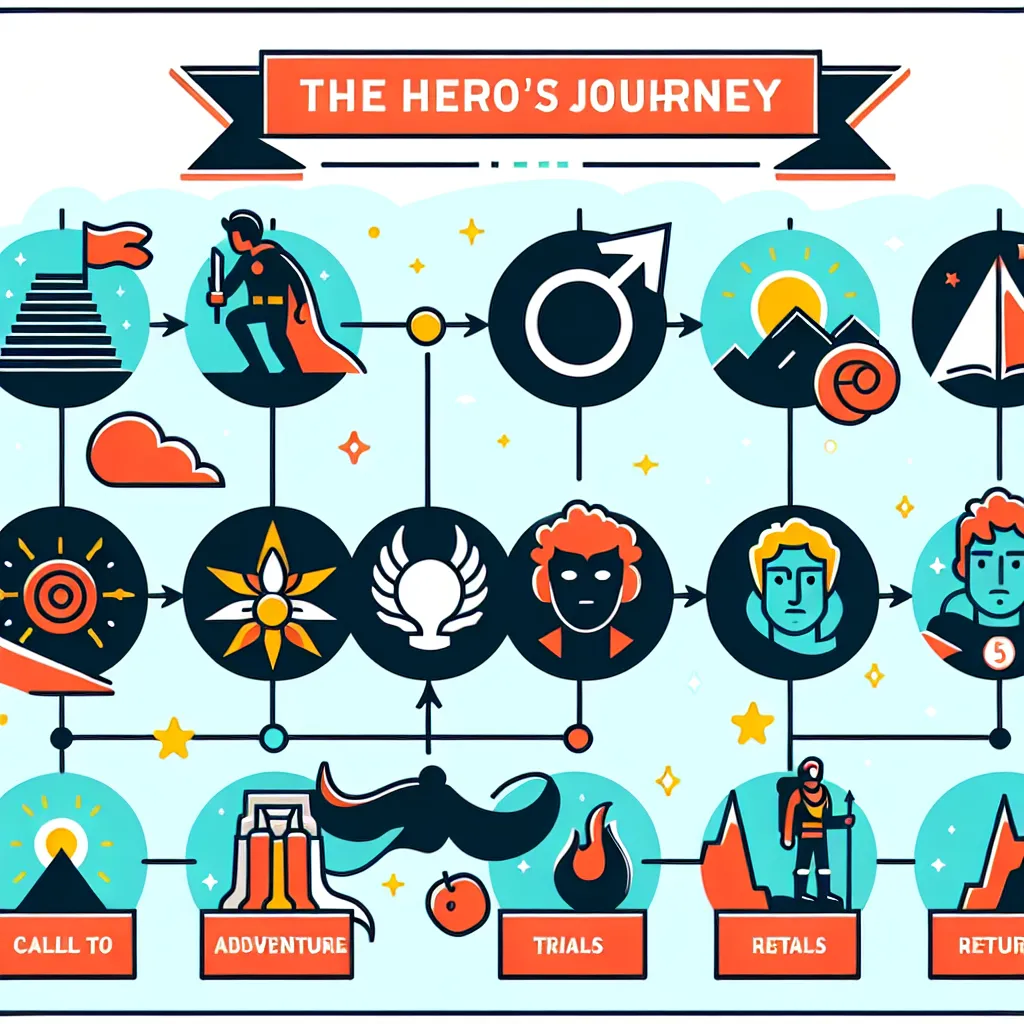
Post your own comment: